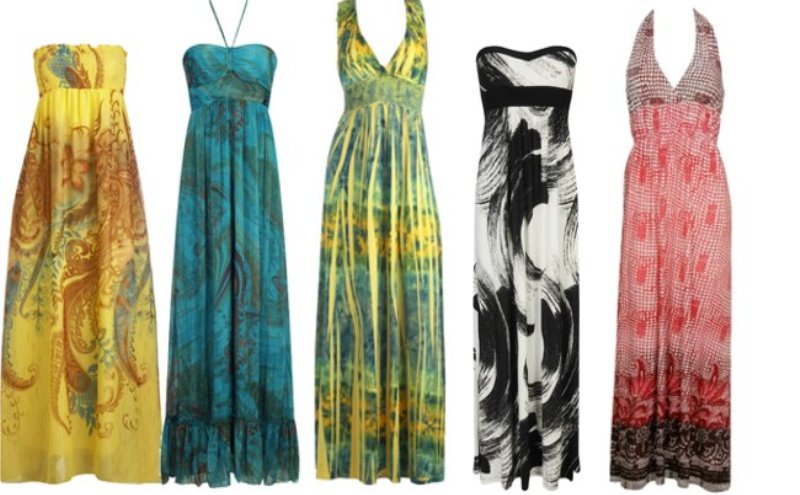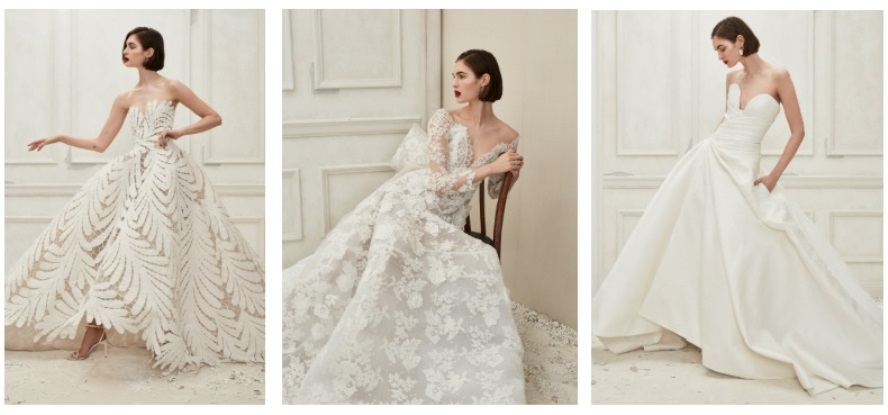When Amancio Ortega enjoyed the tag of the world’s richest man, even if ‘twas for two teeny tiny days in the sun, shopping aficionados, like myself, wondered just how many of those clicking-clacking registers were thriving on the big, fat wads dropped daily on countless shopping sprees in his stores? Despite the idea of making everybody go green with envy with our fashion choices being way more popular than the mental calculation for all the green flooding Zara’s coffers (count me guilty), I fast-forwarded my mental trail to gauge just how ‘fast’ has our quest for instantaneous and affordable fashion versions of everything we see in the media turned into a giant glob of profit for fast-fashion stores!
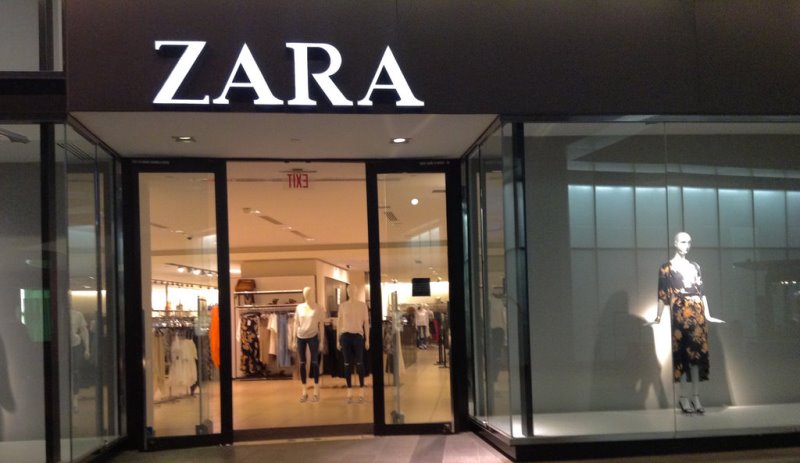
Image source: Google, copyright-free image under Creative Commons License
The biggest, and perhaps, most important disrupter in the retail space, fast-fashion has transmuted the demand for simple, convenient, accessible, and affordable fashion options into a relentless machine of on-trend merchandise that, needless to say, keeps the throng returning for more. What is more surprising is that we don’t mind stacking up another item, and then, another and then, yet another on an already spilling-over pile of clothes that breathe their last within weeks of their purchase! Honestly, if you were to add up how much you’re spending on an item of clothing that you’d end up replacing even before you have worn its worth, you shall be amazed at the figure you splurge on keeping pace with trends!
Suggested read: The makeup-wearing feminist is not an oxymoronic anomaly
Trust me, I have done the math. I am a diehard shopaholic and not unlike many of you reading this, I like to keep my F-game on-point. And my guilt-trip is REAL. I have been buying into this whole saga of moving merchandise quickly from billboards to the designer’s table and immediately after, to the retail sales floor and if a pair of denims I bought a month ago has unraveled, I shall simply go out and buy myself another pair. Sucker that I am.
The fact that I never paused to consider the trade-off has cost me money that I could probably save up over a decade to buy myself a swanky car makes me feel like a BIG idiot! A giant one, really. But that’s matter for another post. Right now, what’s staring-you-and-ME-in-the-face is the astronomical pace at which we have allowed fast-fashion stores to turn us all into fools, real fast! Imagine buying two jumpers in one of these fast-fashion stores at the price a budget brand, a contemporary department store, or even, a luxury brand sells one! You walk out of the store with a spring in your step, feeling proud at your sound economical sense as well as impeccable taste in fashion. But before the nippy season is halfway gone, your jumpers breathe their last! That happen to you? *feels*
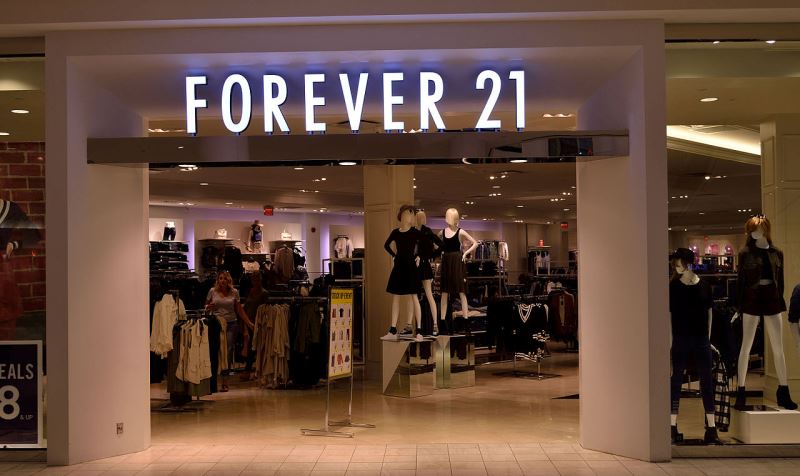
Image source: Google, copyright-free image under Creative Commons License
And it isn’t just the low prices that do us in. The fact that none of the fast-fashion stores shy away from strategic supply, that never replenishes merchandise but instead, replaces sold-out styles with new looks, creates a further surge in demand and ensures quick turnover. A naïve customer who knows only the language of the clothes on the racks falls into the trap and buys an item as soon as he spots it because he knows it won’t be there the next time. Of course, the misguided notion that ethical fashion is a luxury not all can afford adds to reverberating ring in the registers of fast-fashion stores. If only we could see that ethical fashion is a choice many more among us could afford if only we weren’t duped into believing we needed NEW every month!
At this juncture, I am certain many of the shopaholics reading this might feel more than tempted to dismiss the article as a wishy-washy rant of a shopaholic (very much like themselves) who spent a tad more this month than her pockets could bear. But hold on, stay. This is no rant. Faithful to the pen I have sworn allegiance to, I have done my homework. Fast-fashion stores arrived on the fashion scene with a strong buzz about the democratization of style and all fashion addicts, myself included, shot over the moon. But this polarizing section of the industry wasn’t content with offering cheap designer rip-offs with new collections launched every season- the buggers revved up the speed to market, hoisted on-trend offerings every week, pumped up prices while the quality kept plummeting. Needless to say, the strategy-makers in their swiveling chairs and air-conditioned offices may have well mapped the rise in profit margins against the customers’’ stupidity! After all, the projections were based on a real observation- addicts shall come back for another hit, and with each successive turn, want more!
Suggested read: Things I want to tell men who indulge in makeup shaming
Behind the booming business and the ever-soaring popularity of fast-fashion is a debate that’s fast picking steam. The detractors posit rampant labor issues (sweatshops spawned to service the sector), overflowing landfills and other ecological concerns and of course, intellectual property infringement as just a few reasons to break up with fast-fashion stores. Reformation is slow, for education among the masses to maintain elitism in fashion is continually countered by the need to turn all fashion into feasible fashion; a need that fast-fashion stores have made a habit of evoking and catering to, in the same breath. What, then, would ever stop these fast-fashion chains (think Forever 21, Zara, Uniqlo, H&M) from creating fashion apparel that, in the words of Russell Zimmerman, executive director of the Australian Retailers Association, “lasts the season, at best?”
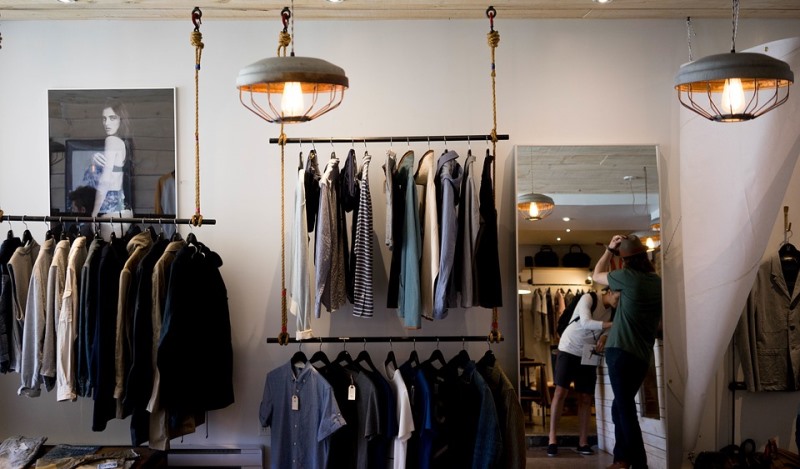
Image source: Pixabay, under Creative Commons License
What, then, is going to stop them from including contemporary/designer and even luxury price points alongside their low-priced offerings (as can already be seen on the fashion landscape)? What, then, is going to stop them from creating a ‘demand’ for the same segment by launching highly anticipated collaborations, when their formerly ethically suspect garments can be helmed by a sought-after designer, or marketed by a coveted celebrity (you know they can afford it)?
The answer is written on the wall, in big, bold letters. A disruption caused by the very force that seems to drive the industry- the consumers. It’s time we applied the brakes.
I know I am, because the ‘less is more’ dictum of slow fashion seems to be slow-ly (but definitively) making intuitive sense to me. And maybe if you took a breather from running too fast to keep pace with fast-fashion, you’d probably see it too. Applies to slow-learners as well! 
Featured image source: Google, copyright-free image under Creative Commons License











